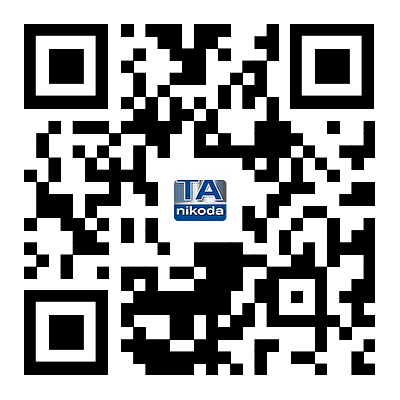Direct Current Motors Powering Nursing Beds
Release time:
2024-02-12
Direct current (DC) motors play a crucial role in nursing beds by providing power support, making functions such as height adjustment and tilting more flexible and convenient. DC motors are favored for their small size, light weight, and high efficiency, making them widely used in nursing beds.
Firstly, DC motors enable the lifting function of nursing beds. By controlling the motor's direction, caregivers can adjust the bed's height as needed, facilitating patient ingress and egress and bedside care. This not only reduces the workload of caregivers but also enhances patient comfort and safety.
Secondly, DC motors enable the tilting function of nursing beds. By controlling the motor's speed and angle, the head or foot of the bed can be tilted to help patients adjust their positions, alleviate discomfort, improve blood circulation, and prevent complications such as pressure sores. This function is particularly crucial for long-term bedridden patients, enhancing their quality of life and recovery speed.
Additionally, DC motors enable the raising and lowering of bed rails and the lateral rotation of the bed. By controlling the motor's operation, caregivers can easily raise or lower the bed rails to provide better protection for patients. Moreover, the bed can be laterally rotated to facilitate patient repositioning, reducing the risk of pressure sores and muscle atrophy.
In summary, the application of DC motors greatly enhances the functionality and convenience of nursing beds, providing better working conditions for caregivers and a superior care experience for patients. With ongoing technological advancements, the use of DC motors in nursing beds is expected to become increasingly widespread, bringing more convenience and efficiency to nursing care.
Latest News




